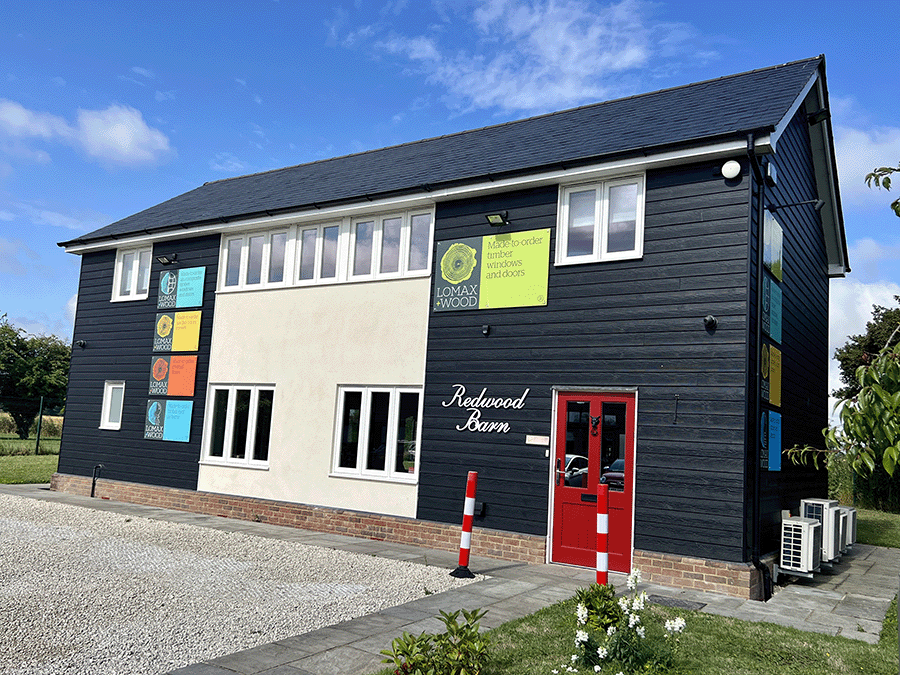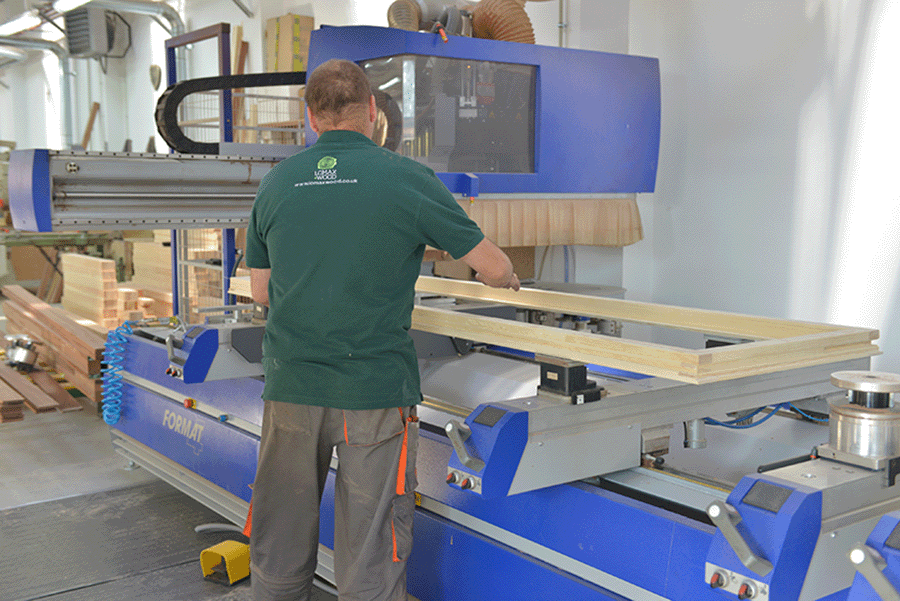Why Lomax + Wood is the Go-To Supplier for Timber Windows in Listed Buildings
- 19 March 2025|
- News
The preservation of our architectural heritage stands as one of the most important responsibilities in modern construction and restoration.
With Grosvenor Crescent recently awarded Grade II listed status, the spotlight on appropriate fenestration for heritage properties has intensified, highlighting the growing demand for authentic, high-quality timber windows that satisfy strict conservation requirements.
As specialists in bespoke timber fenestration, Lomax + Wood has established itself as the trusted partner for architects, developers, and homeowners navigating the complex process of window replacement in listed buildings. Our commitment to combining period aesthetics with modern performance has made us the perfect choice for those seeking to honour a building’s historic character while ensuring optimal energy efficiency, security and durability.
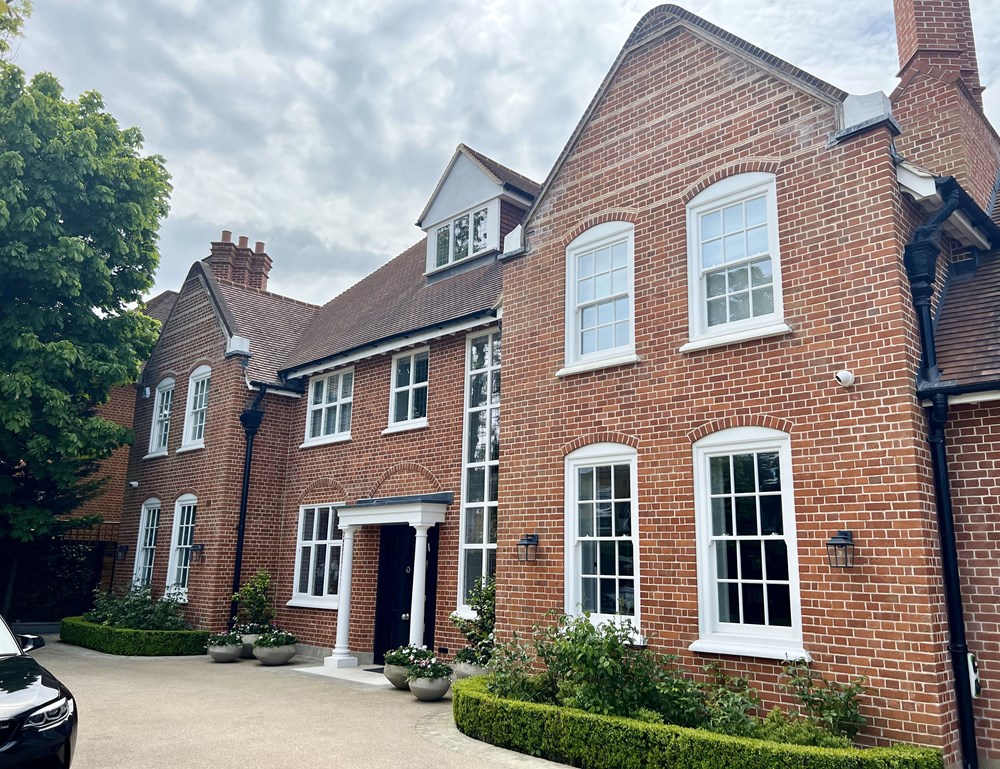
Understanding listed buildings: a brief overview
Listed buildings form a crucial part of the United Kingdom’s architectural history, representing structures of special historic or architectural interest deemed worthy of preservation for future generations. The statutory list, maintained by heritage bodies across the country, categorises these buildings according to their significance, with Grade I representing exceptional interest, Grade II* denoting particularly important buildings, and Grade II covering buildings of special interest.
The listing process involves careful assessment against the principles of selection established by the Secretary of State, considering both architectural and historical significance.
When a building achieves listed status, all aspects of the entire building’s fabric—including windows, garden walls, and interior features—come under protection. Any alterations require listed building consent from the local planning authority, with decisions guided by conservation principles and the need to preserve the building’s character. This protective framework ensures our historical landscape maintains its integrity while allowing sensitive adaptation to improve efficiency.
The recent work at Grosvenor Crescent illustrates the need for appropriate solutions for listed buildings; more specifically, windows and doors that respectfully modernise the thermal performance of the property while maintaining sympathetic aesthetic design.
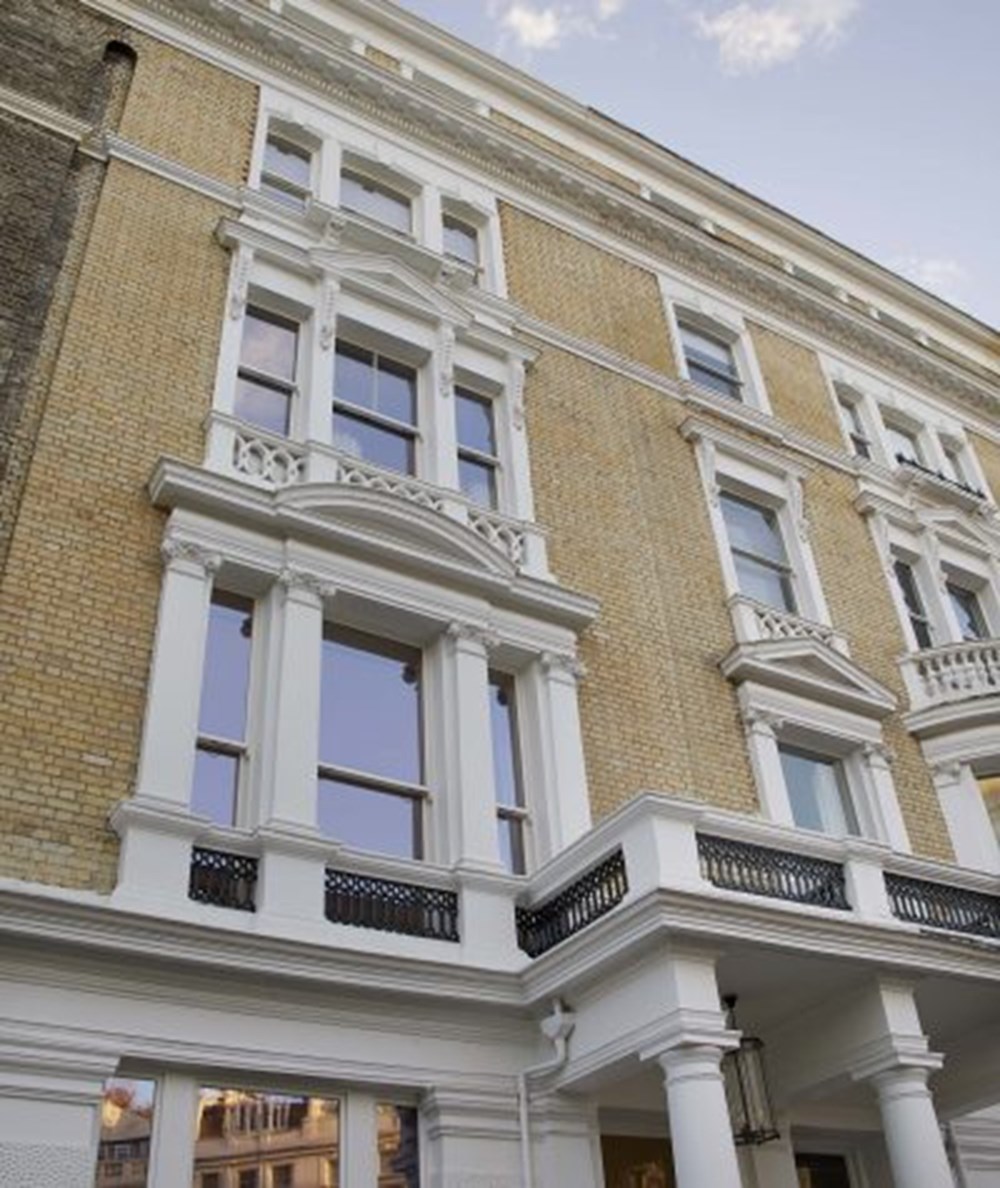
What’s the difference between listed buildings and conservation areas?
Listed buildings and conservation areas represent different approaches to heritage protection in the UK planning system. A listed building is an individual structure designated for its special architectural or historic interest, with legal protection extending to the entire building. The listing gives statutory protection to the specific building regardless of its location.
In contrast, conservation areas protect the broader character and appearance of an entire area with architectural or historic significance. While all buildings within a conservation area benefit from certain planning controls regarding demolition and alterations that might affect the area’s character, not every building within a conservation area is necessarily of special interest individually. Many historic properties are subject to both designations—being listed buildings situated within conservation areas—requiring particularly careful consideration when planning any alterations.
The importance of window replacement in heritage properties
Windows play a fundamental role in defining a home’s character and appearance. In many listed buildings across Scotland, Northern Ireland, and England, original timber windows have weathered decades of exposure, suffering from rot, warping, and operational issues.
While maintenance and repair should always be the first consideration, there comes a point when replacement becomes necessary to preserve both aesthetics and functionality.
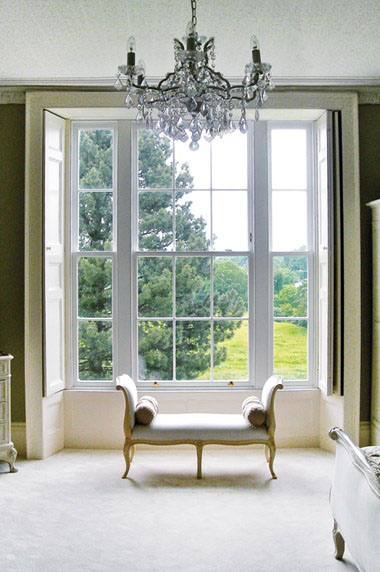
Why is timber the material of choice for listed buildings?
When it comes to window replacement in properties of special historic interest, timber is invariably the only acceptable option for conservation officers and planning authorities. Timber windows offer an authenticity that alternative materials like uPVC and aluminium simply cannot match.
The subtle imperfections, traditional joinery methods, and natural grain patterns contribute to heritage aesthetics that perfectly complement historic buildings. From Georgian sash windows to classic casements, wood allows for reproduction of period-specific mouldings, glazing bars, and profiles that define original windows.
Lomax + Wood: crafting authentic solutions for listed properties
At Lomax + Wood, our comprehensive range of timber windows has been developed specifically to meet the exacting standards required for listed buildings of every period and style. Our expertise means we can offer bespoke solutions for virtually any project, from traditional single-glazed sash windows that perfectly replicate Georgian designs to more thermally efficient options that maintain period aesthetics.
Our casement window collection includes traditional flush casements with slender frames and period detailing, offering excellent thermal performance (and U-values as low as 1.0 with an optional upgrade) while maintaining authentic aesthetics.
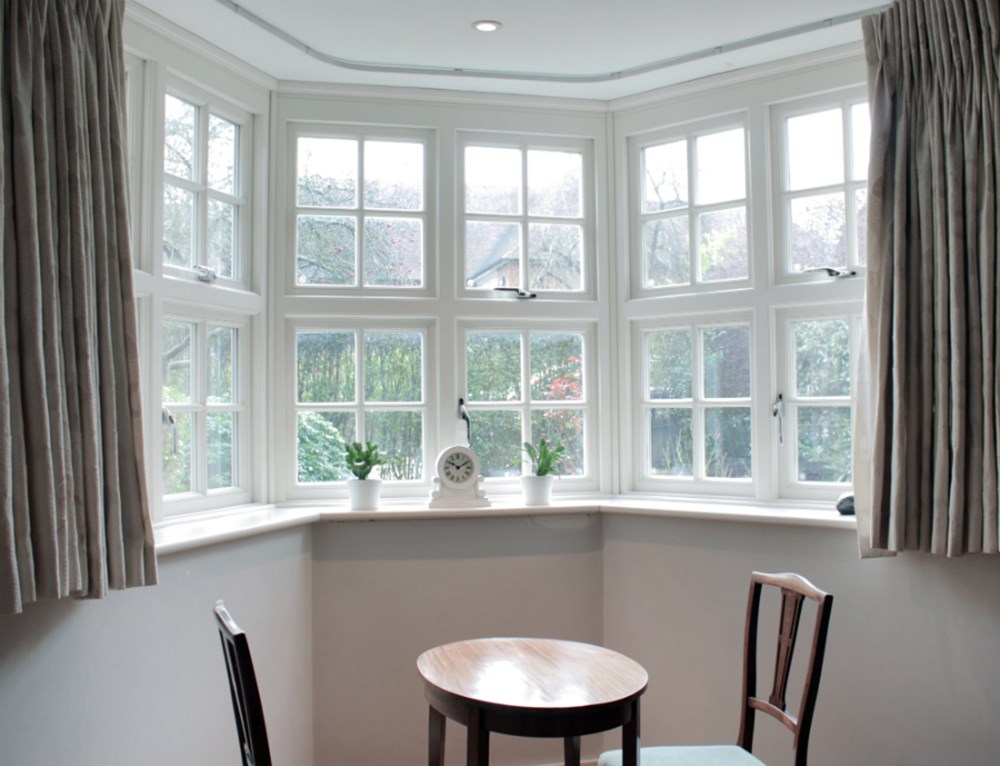
For sliding sash requirements, we offer several options including traditional box sash windows with weights, pulleys and cords and spring balance sash windows for smoother operation. For buildings with specific restrictions, our single-glazed timber sash windows offer absolute authenticity, featuring traditional putty glazing, fine glazing bars, and historically accurate hardware.
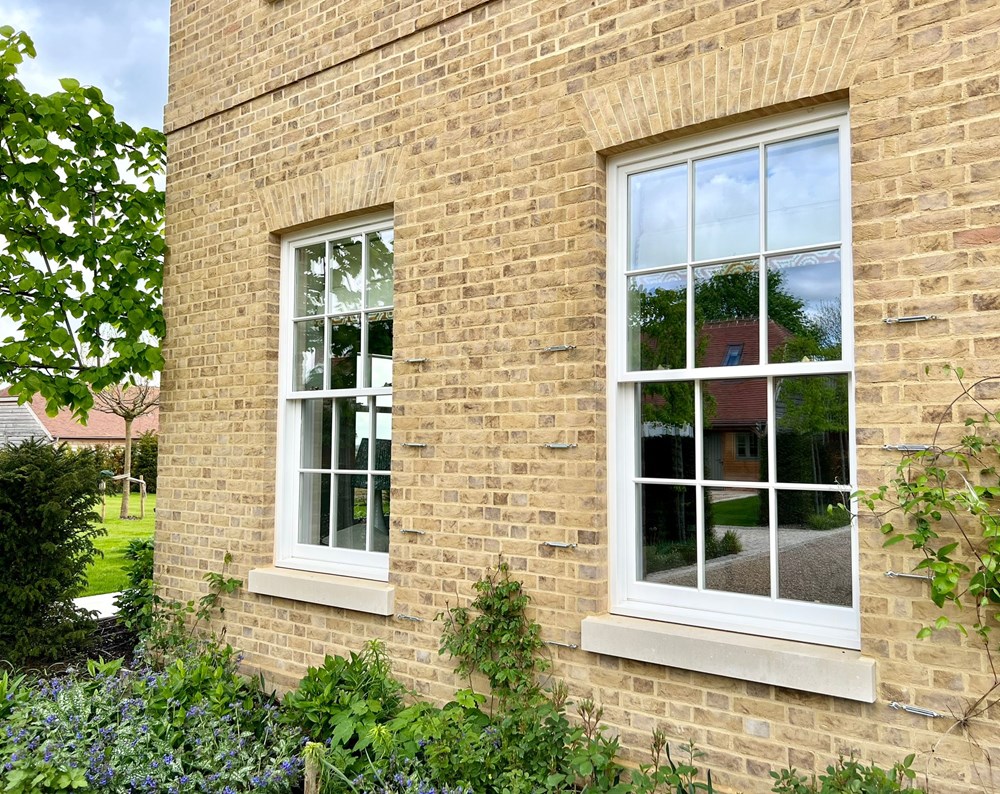
All windows are made using responsibly sourced FSC® or PEFC certified timber including Engineered Redwood, Hardwood, Oak or Accoya, with custom sizing and various colour finishes available. Each product is made to order, allowing us to meet specific architectural requirements while incorporating practical features such as secure locking systems, durable finishes, and appropriate glazing options to improve comfort and efficiency.
Heritage restoration: a Georgian farmhouse success story
Our commitment to excellence in heritage fenestration is perhaps best illustrated through our successful restoration of a Georgian farmhouse in Norfolk. This project required a sensitive approach that honoured the building’s historical interest while improving its performance for modern living.
Working closely with conservation specialists and the local planning authority, we developed a window design that respected the farmhouse’s architectural significance. Our timber box sash windows were crafted to replicate the original Georgian proportions exactly, featuring authentic ovolo mouldings and slender glazing bars consistent with 18th-century designs.
The completed restoration demonstrates how thoughtfully designed timber windows can preserve a listed building’s character while addressing practical concerns like thermal efficiency. The farmhouse now benefits from improved draught-proofing, enhanced security, and reduced maintenance requirements, all while preserving its distinctive Georgian character for future generations.
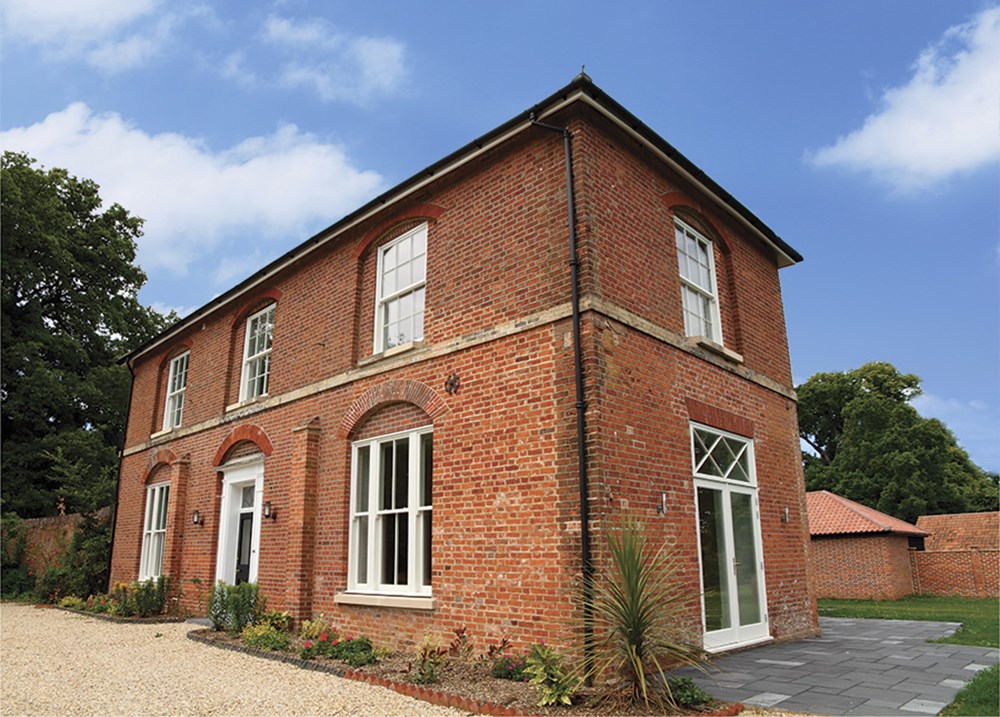
Your next heritage project deserves the Lomax + Wood difference: get in touch today
Whether you’re an architect working on a Grade I landmark, a developer converting a historic building, or a homeowner caring for a cherished period property, our team can guide you through every step—from initial design concepts through to manufacturing and installation. Our comprehensive service ensures that your project meets all heritage requirements while delivering the performance you need.
To discover how we can help with your listed building project, or to discuss the options for your specific requirements, contact our expert team today. Call 01277 353857 or use our online contact form for guidance tailored to your specific needs.

